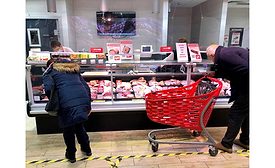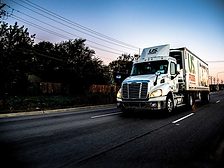Articles by Michael Costa
Why food processors can’t afford to be without this technology in 2022
Read More
Poland aims to increase pork and beef exports to the U.S.
Polish processors also face the same supply chain and labor issues as their North American counterparts.
January 24, 2022
Conveying the Details
How conveyors are evolving today to meet modern needs of food processors
January 7, 2022
FA&M 2021 Conference Highlights
Achieving the American dream through technology: The Goya Foods success story
How Goya Foods stays ahead of shifting markets by integrating technology into its operations
December 13, 2021
FA&M 2021 Conference Highlights
The State of Alternative Proteins
Key paths for alternative protein companies to follow in 2022 and beyond
December 13, 2021
Progress for plant-based processors
New and established alternative protein brands tell us what’s behind their success in 2021
November 3, 2021
2021 Foodservice Distributor of the Year: US Foods
How US Foods delivered crucial business solutions to its customers during foodservice’s most challenging year.
September 14, 2021
Elevate your expertise in food engineering with unparalleled insights and connections.
Get the latest industry updates tailored your way.
JOIN TODAY!Copyright ©2025. All Rights Reserved BNP Media.
Design, CMS, Hosting & Web Development :: ePublishing









